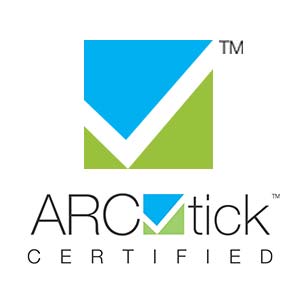As NRAC was being rolled out, there was a review of the Ozone Protection Act. Refrigerants Australia worked proactively with government to ensure that the outcomes of the review supported good industry practice. The eventual revisions to the legislation – the Ozone Protection and Synthetic Greenhouse Gas Management Act – came through in late 2003. This included having the Commonwealth implement a mandatory license (through the Australian Refrigeration Council – NRAC’s successor) for all tradespeople that bought, sold and used CFC, HCFC and HFC refrigerants and a range of other practical initiatives to improve practice and reduce emissions.
As a result of these activities, emissions were reduced significantly and cost effectively.
The Australian Refrigeration Council works on behalf of the Australian government to administer the national licensing, compliance and education program called Arctick. It was made a mandatory license program in 2005.
A cultural change to industry
This initiative enabled tradespeople to be certified through an intense educational process in which they could demonstrate that they were suitably trained to work with refrigerants and initiate environmental practices at workshop level that would ultimately result in massive reductions in deliberate and accidental refrigerant emissions into the atmosphere.
According to the Department of Agriculture, Water and the Environment, the ARCtick program:

